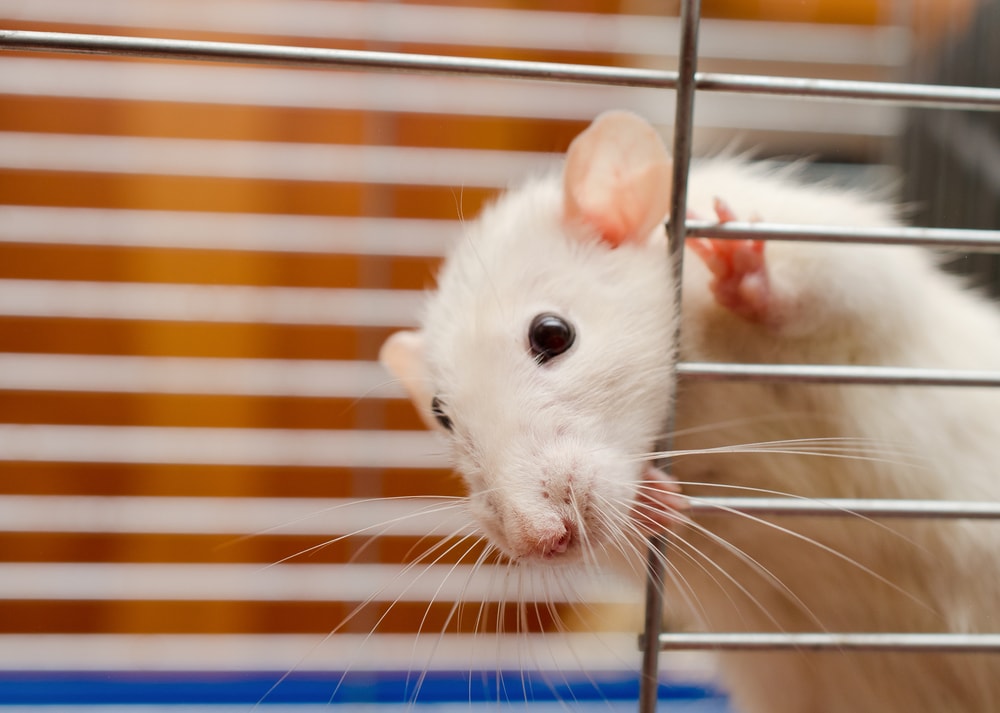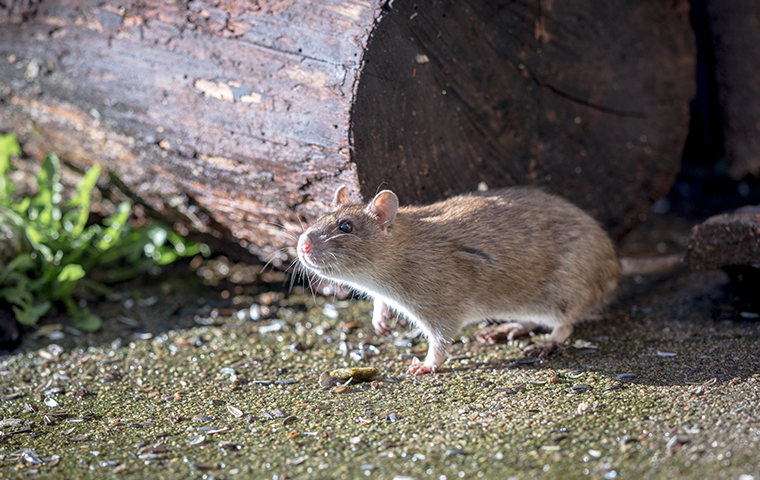Data-Driven Pest Prevention: Revolutionizing Pest Control
Share
In today's fast-paced world, the integration of technology into various sectors has become more than a trendit's a necessity. The realm of pest control is no exception. Data-driven pest prevention is not just a buzzword; it's a revolutionary approach that's transforming how we handle unwelcome critters. By leveraging cutting-edge technology and data analytics, businesses and households can now tackle pest issues more efficiently and effectively than ever before.
At its core, data-driven pest prevention employs the use of data to predict, monitor, and manage pest populations. This approach is not only more efficient but also more environmentally friendly, minimizing the need for excessive chemical use. By understanding patterns and behaviors of pests through data, strategies can be tailored to prevent infestations before they even occur.

The Rise of Smart Traps
One of the key components of this modern method is the use of smart traps. These devices, equipped with sensors and connectivity features, provide real-time data on pest activity. Unlike traditional traps, smart traps are proactive, allowing for immediate action once pests are detected. Businesses, particularly those in pest-sensitive industries, have found these tools invaluable. These traps not only help in capturing pests but also in collecting data that can predict future infestations.
AI and Machine Learning in Pest Control
Artificial Intelligence (AI) and machine learning play pivotal roles in data-driven pest prevention. These technologies analyze vast amounts of data to identify trends and patterns that might not be evident to the human eye. For instance, AI can detect slight changes in environmental conditions that might lead to a pest outbreak. By doing so, it provides a warning system that allows for preemptive measures, saving time and resources. This is particularly crucial in sectors like food safety audits, where the margin for error is minimal.
Benefits of Data-Driven Pest Prevention
The benefits of adopting a data-driven approach are numerous. Firstly, it increases efficiency by ensuring that pest control measures are targeted and timely. Secondly, it reduces costs in the long run. While the initial investment in technology might be higher, the reduction in chemical usage and the prevention of significant infestations lead to overall savings. Furthermore, this method supports sustainability by minimizing the environmental impact of pest control activities.
Moreover, businesses involved in regulated environments find data-driven methods invaluable. Adhering to strict regulations regarding pest control is more manageable when there's a robust system in place that provides detailed reports and analytics.
Challenges and Considerations
Despite its advantages, the transition to data-driven pest prevention is not without challenges. One significant hurdle is the initial cost of implementing these technologies. However, as the demand grows and technology advances, costs are expected to decrease. Additionally, there is a learning curve associated with utilizing new systems. Training and adaptation are crucial for maximizing the benefits of data-driven methods.
Another consideration is data privacy and security. With the collection of vast amounts of data, ensuring that this information is protected is paramount. Businesses must be diligent in safeguarding their data to maintain trust and compliance with regulations.
Real-World Applications
Many industries are already reaping the benefits of data-driven pest prevention. For example, logistics and warehouses, sectors that are particularly vulnerable to pest infestations, have seen significant improvements. Companies like Western Pest provide insights into how data-driven methods can be applied to monitor and manage pest populations effectively.
Moreover, the food industry, which requires stringent pest control measures, has embraced this technology. By using data analytics, food manufacturers can ensure compliance with safety regulations while maintaining high standards of cleanliness and hygiene.
Future of Pest Control
The future of pest control is undoubtedly data-driven. As technology continues to evolve, so too will the methods we use to manage pests. The integration of AI, machine learning, and smart technology will only become more sophisticated, offering even more precise and effective solutions. For those in the industry, staying ahead of the curve is essential, and embracing these advancements is the key to success.
In conclusion, data-driven pest prevention represents a significant shift in how we approach pest control. By making informed decisions based on data, we can create environments that are safer, cleaner, and more sustainable. Whether you're a business owner or a homeowner, understanding and utilizing these technologies can lead to a pest-free future.

FAQs
What is data-driven pest prevention?
Data-driven pest prevention involves using data analytics and technology to monitor, predict, and manage pest populations. This approach enhances efficiency and sustainability by minimizing the need for chemical interventions.
How do smart traps work?
Smart traps are equipped with sensors and connectivity features that provide real-time data on pest activity. They allow for immediate action once pests are detected and help in predicting future infestations by collecting and analyzing data.
What industries benefit most from data-driven pest prevention?
Industries such as food manufacturing, logistics, and warehouses benefit significantly from data-driven pest prevention due to their strict regulatory requirements and vulnerability to pest infestations.
This article contains affiliate links. We may earn a commission at no extra cost to you.
